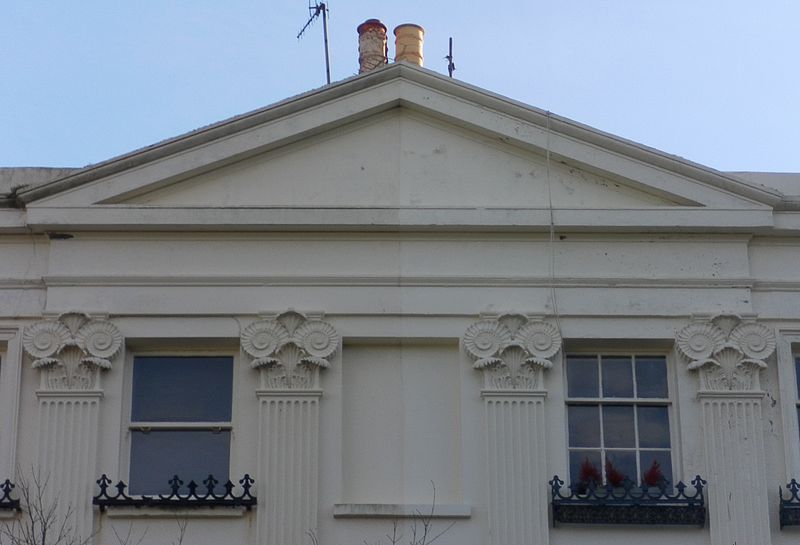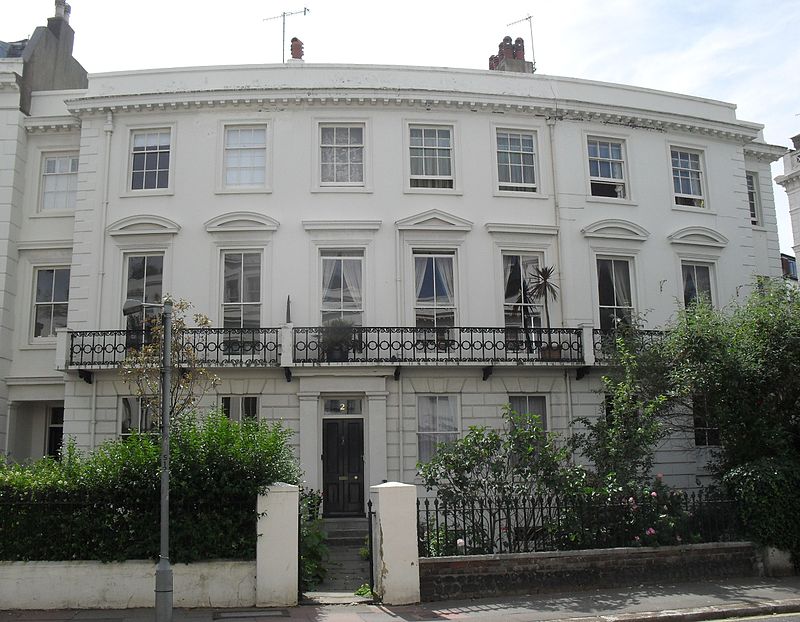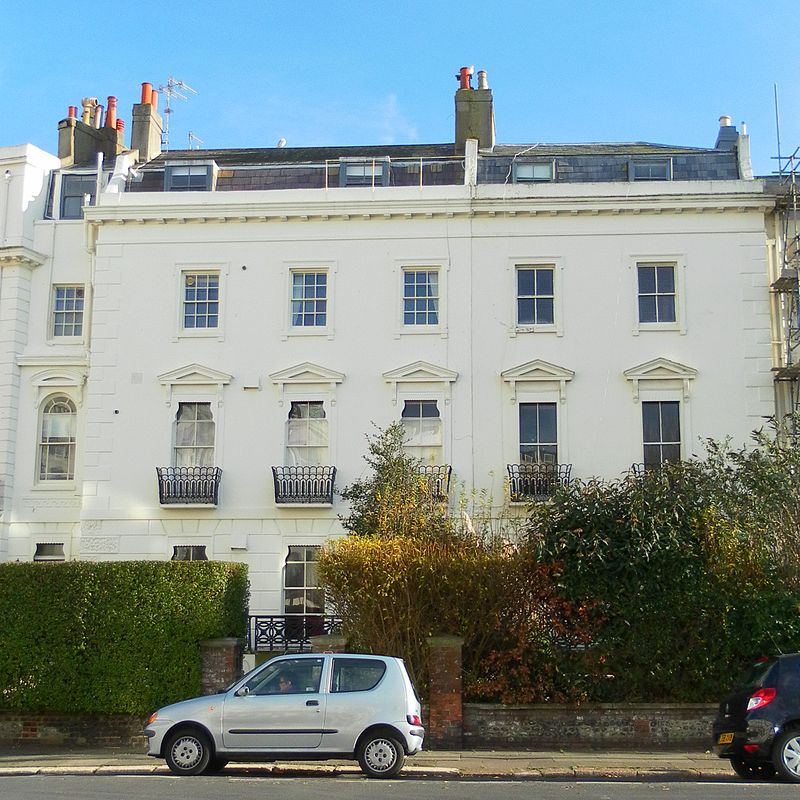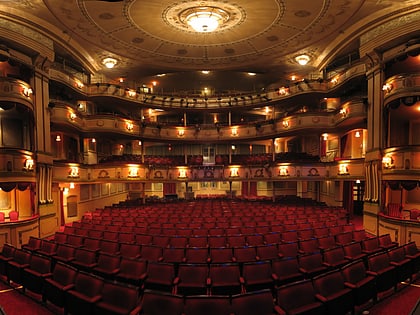Montpelier Crescent, Brighton

Facts and practical information
Montpelier Crescent is a mid 19th-century crescent of 38 houses in the Montpelier suburb of Brighton, part of the English coastal city of Brighton and Hove. Built in five parts as a set-piece residential development in the rapidly growing seaside resort, the main part of the crescent was designed between 1843 and 1847 by prominent local architect Amon Henry Wilds and is one of his most distinctive compositions. Extra houses were added at both ends of the crescent in the mid-1850s. Unlike most other squares, terraces and crescents in Brighton, it does not face the sea—and the view it originally had towards the South Downs was blocked within a few years by a tall terrace of houses opposite. Montpelier was an exclusive and "salubrious" area of Brighton, and Montpelier Crescent has been called its "great showpiece". Wilds's central section has been protected as Grade II* listed, with the later additions listed separately at the lower Grade II. The crescent is in one of the city's 34 conservation areas, and forms one of several "outstanding examples of late Regency architecture" within it. ()
Regency (Montpelier)Brighton
Montpelier Crescent – popular in the area (distance from the attraction)
Nearby attractions include: Churchill Square, Brighton Toy and Model Museum, Clock Tower, St Nicholas' Church.
Frequently Asked Questions (FAQ)
Which popular attractions are close to Montpelier Crescent?
How to get to Montpelier Crescent by public transport?
Bus
- Homelees House • Lines: 18 (2 min walk)
- Seven Dials • Lines: 18, 21E, 27, 27B, 27C, 55, 59, 7, 77, N7 (3 min walk)
Train
- Brighton (9 min walk)
- London Road (19 min walk)


















